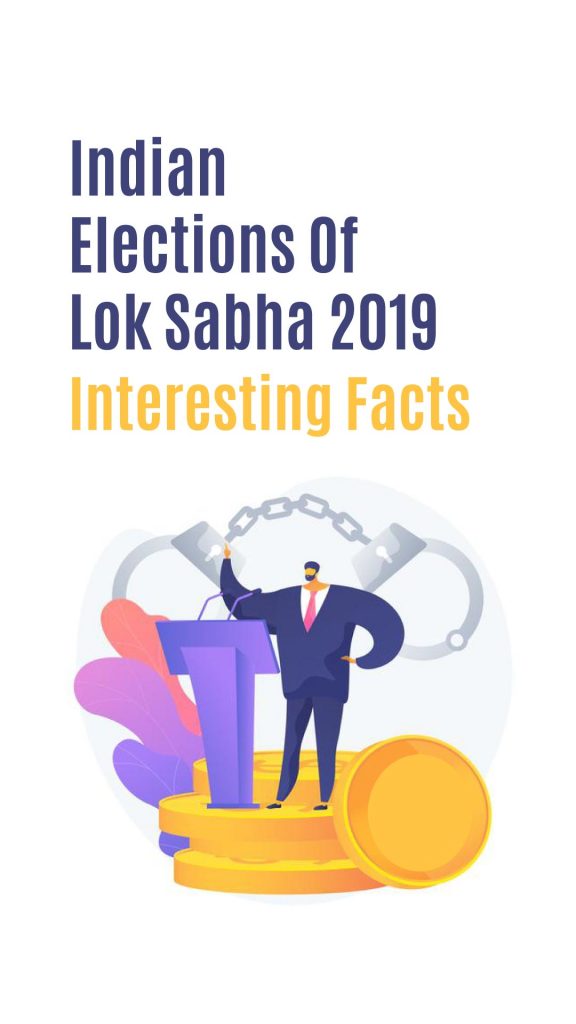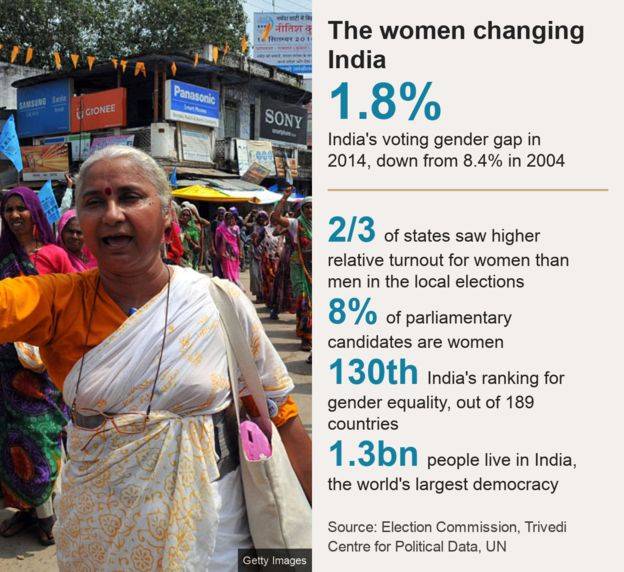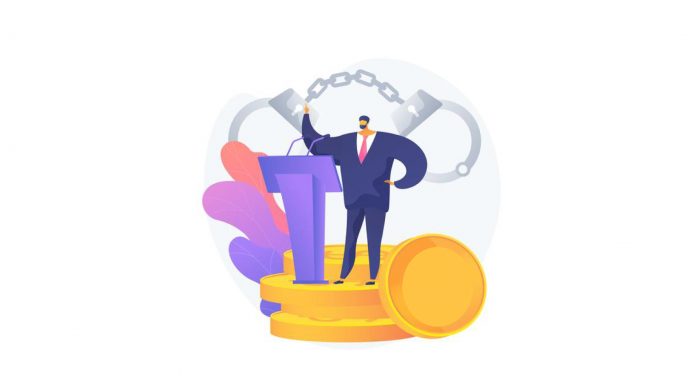The Indian peninsula is currently in the process of its new Lower House of Parliament or Lok Sabha elections. The head of the Lok Sabha party becomes the Prime Minister of the country. This process occurs once every five years. The Lok Sabha elects 543 members and any party/coalition with the majority of 272 seats become the winner, hence forming the ruling government.
The big battle this year is between current Prime Minister, Narendra Modi, and the main opposition party, Congress, led by Rahul Gandhi. The Indian Lok Sabha elections are being held in four phases, starting from 11th April 2019 and continuing to 19th May 2019. Furthermore, the winner would be declared on 23rd May 2019. Thus, with almost 90 crore voters eligible in this Indian Lok Sabha Elections, it has become the largest democratic elections in the world.
Table of Contents
Facts of Indian Lok Sabha Elections 2019:
1. The Magnitude
2019 will see around 90 crore eligible voters for the Indian Lok Sabha Elections. Furthermore out of this, 60 crore citizens are expected to turn up for voting. This number also constitutes 8.5 crore first-time voters as well as 15 lakh citizens who are between the ages of 18 and 19 years old. Hence, these 15 lakh people comprise 1.66% of the total electorate. The total voting population of India surpasses the total population of Australia and Europe combined. As seen by past trends, Indians have been enthusiastic about electing their leader, since the voter turnout increased from 45% in 1951 to 66% in 2014. There was also a seven-fold increase in the number of candidates to 8250, from 464 parties, in 2014 elections. But in 2019 there are 2293 registered parties being represented.
2. Time Duration
The 2019 Indian Lok Sabha Elections will be held in phases on various dates as follows – 11th April, 18th April, 23rd April, 29th April, 6th May, 12th May and finally 19th May, state-wise. Even some states will have their elections on several dates owing to their vast population.
The first elections in India in 1951-52 were over within three months. Between the years 1962 to 1989, elections were over within four to ten days. The shortest elections in India happened in 1980 for four days. The Indian elections are generally drawn out for several days because polling stations require high security. Since local police can be seen as biased sometimes, the central security forces are called upon. Moving these central forces around the country causes the delay.
3. The Money Spent
According to India’s Centre for Media Studies, the 2014 Indian Lok Sabha elections cost around $5 billion. This amount is only expected to rise to $7 billion in this year’s elections. If you think about the $6.5 billion spent in the 2016 US presidential elections, you can imagine how expensive the Indian election scene can get. This can be attributed to the fact that there is no transparency in the income of Indian political parties. The Central Government had launched electoral bonds last year, through which anybody can donate any amount to any political party anonymously. According to reports, about $150 million has been donated through electoral bonds so far.
4. Secure Voting Procedure

There were many instances in the past when political parties would accuse each other of hav=cking the Electronic Voting Machines (EVMs). To negate that, this election will see the introduction of Voter Verifiable Paper Audit Trail (VVPAT). Upon casting a vote via VVPAT, a slip prints on the VVPAT printer showing a serial number, the candidate’s name and the party symbol one votes for. This will help to verify the votes cast correctly. The VVPAT slip will appear under a transparent window for viewing for seven seconds. Then it will automatically cut off and fall into a sealed box.
This is also the first time that the EVMs and the postal ballot papers will have the candidate photographs alongside their political party affiliation and party symbol. Since the Nizamabad district of Telangana has 185 candidates, 12 new big-size EVM is going to be used there to include the photographs of all candidates.
5. Women Participation
The number of eligible female voters is expected to be bigger and better this year. The 2014 elections saw 65.3% women turnout as against 67.1% men. As seen in the past 24 local elections in India between the years 2012 to 2018, women voters have been greater than men voters in two-thirds of the states. Seeing this, the political parties view women as a major voting camp and thus offer them women-centric promises regarding education loans, cycles for girls, free cooking gas cylinders, etc.

6. Vote Without A Voter ID Card
The right to vote is considered an inalienable part of a citizen’s democratic rights. It is possible to vote even if you don’t have a Voter ID card, as long as you have done the registration procedure. If your name appears on the electoral roll then you can vote using any of the following identification –
- Passport
- Driving licence
- Service identity cards with photograph issued to employees by central/state govt/PSU/public limited company
- Passbook with photograph issued by a state bank or post office
- PAN card
- A smart card issued by RGI under NPR
- MNREGA job card
- Health Insurance smart card issued under the scheme of Ministry of Labour
- Pension document with a photograph
- Official identity cards issued to MPs/MLAs/MLCs, etc.
- Aadhaar card
To register as a voter you need to submit a complete Form-6, online or offline, to the Electoral Registration Officer of your assembly constituency. This ensures that your name will appear in the electoral roll as an eligible voter.
7. Asset Declaration
Every candidate has to declare his assets before running for an election. This year, the wealthiest candidate was seen during Phase 1 of the elections. His name is KV Reddy, standing for Congress Party from Telengana’s Chevella constituency. He declared his family assets worth Rs 895 crore. The poorest candidate hails from Telengana’s Chevella district as well. He is Nalla Prem Kumar, standing for JDU and has assets worth Rs 500.
8. The World’s Highest Polling Station
The world’s highest polling station will be in this year’s Indian Lok Sabha Elections. At 15,256 ft, Tashigang in Himachal Pradesh takes this title. It falls in the Buddhist dominated Lahaul-Spiti region.
9. Criminal Records of Candidates
It is mandatory for all candidates to advertise their criminal records in newspapers and TV channels in this election. Previously it was only necessary to reveal criminal records to the poll panel through an affidavit. Public announcements were not mandatory.
So, do your research and choose your election candidate wisely. And also check out our video below:
Studies And Work | How To Simultaneously Juggle Both?
Join the LLA telegram group for frequent updates and documents.
Download the telegram group and search ‘Labour Law Advisor’ or follow the link – t.me/JoinLLA
It’s FREE!



